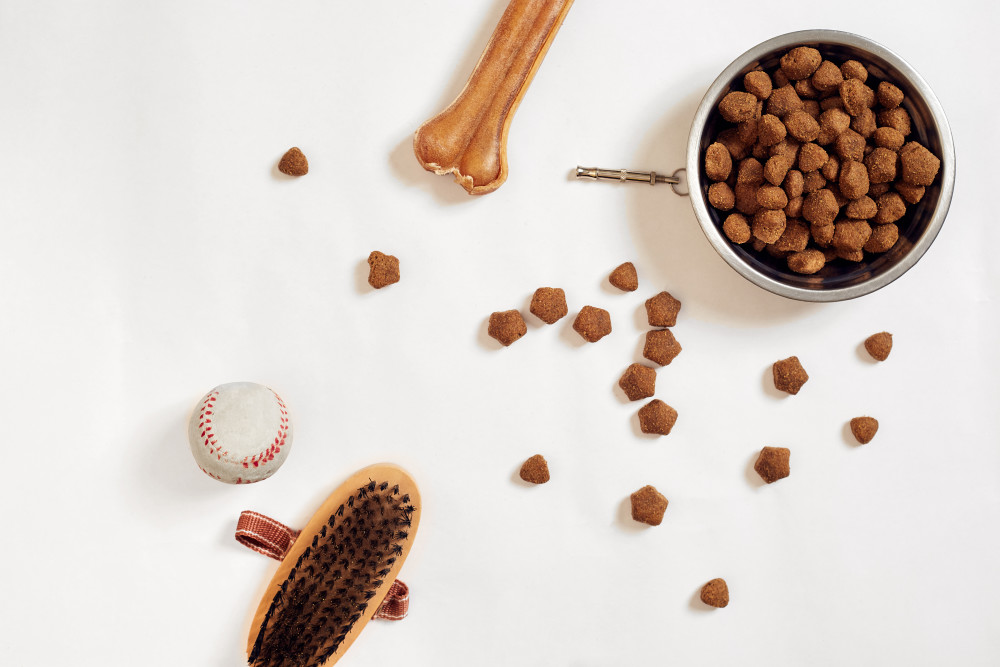Scottish Terrier

Scottish Terrier Overview
The Scottish Terrier, commonly, and adorably, referred to as Scotties, are active, personable little Terriers. They are nicknamed “Diehards.” Like its cousin, the West Highland White Terrier, Scotties were bred to hunt for rats and foxes in Scotland. It is believed that Scotties are the oldest breed of dog indigenous to Britain.
Scotties are short-legged little dogs. They’re sturdy and come complete with an amazing and distinctive lush beard. Scottish Terriers feel commonly to be pure black only but they do come in other colours including wheat-yellow and a brindle-stripe pattern. They have a double coat, too, like their cousins, the Westie, featuring a wiry top coat and a thicker, dense, but soft undercoat.
Scotties are highly alert, a hallmark of the Terriers from Britain. They still have an innate hunting sense, meaning they’ll chase after neighbourhood cats or rabbits should they spot one, but it overall makes them excellent watchdogs. Scottish Terriers are a little apprehensive of strangers but not aggressive. They just like familiarity. It doesn’t mean they are shy or stop them from being bold. Scotties like to play and be out but they like doing it with their owners.
Did you know?
Scottish Terriers were a favourite among Old Hollywood celebrities like Humphrey Bogart and Bette Davis.
Scottish Terrier Stats
Kid-Friendly
Good with other animals
Caring for your breed
Daily kibble serving
1-2 cups
Daily exercise
3 hours
Grooming frequency
Brush 2 to 3 times a week

Feeding your Scottish Terrier
A Scottish Terrier needs to be fed a high-quality dog food— moderate protein is likely best for them. For a good indication of how well they are doing on their diet, look no further than to their body and hair. Check for flakiness, dry skin or itching, whether or not their eyes are bright. If all looks good, then they are being fed well! They require a couple of meals throughout the day on a schedule with some fresh, clean water.